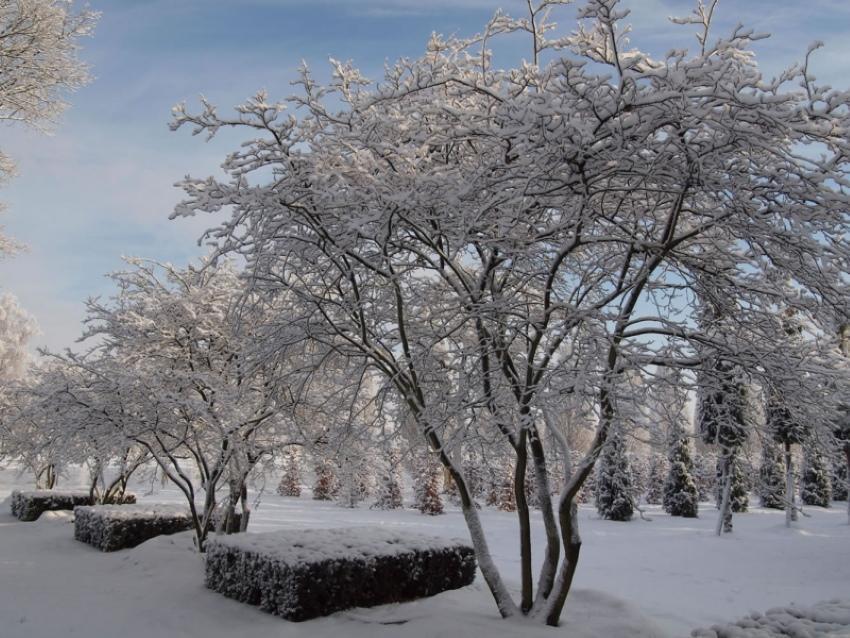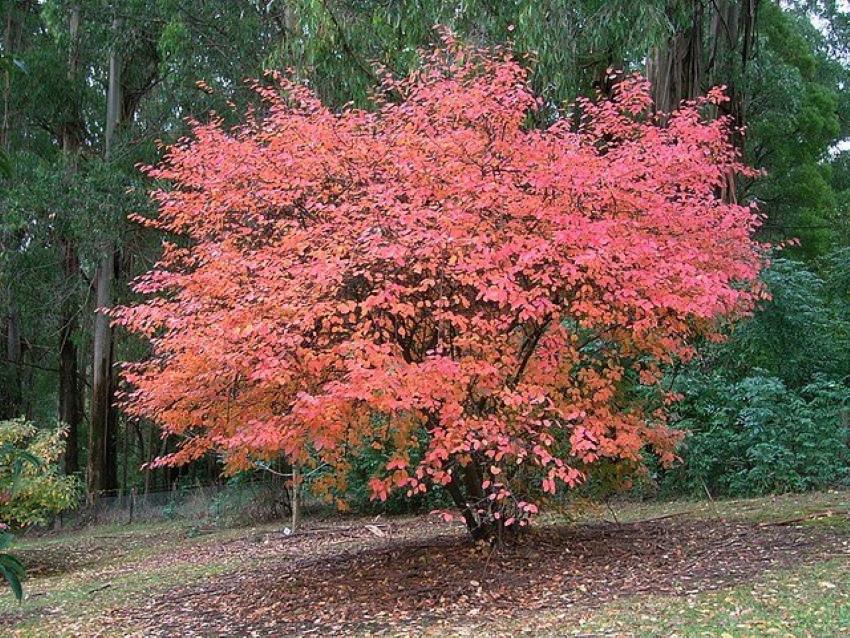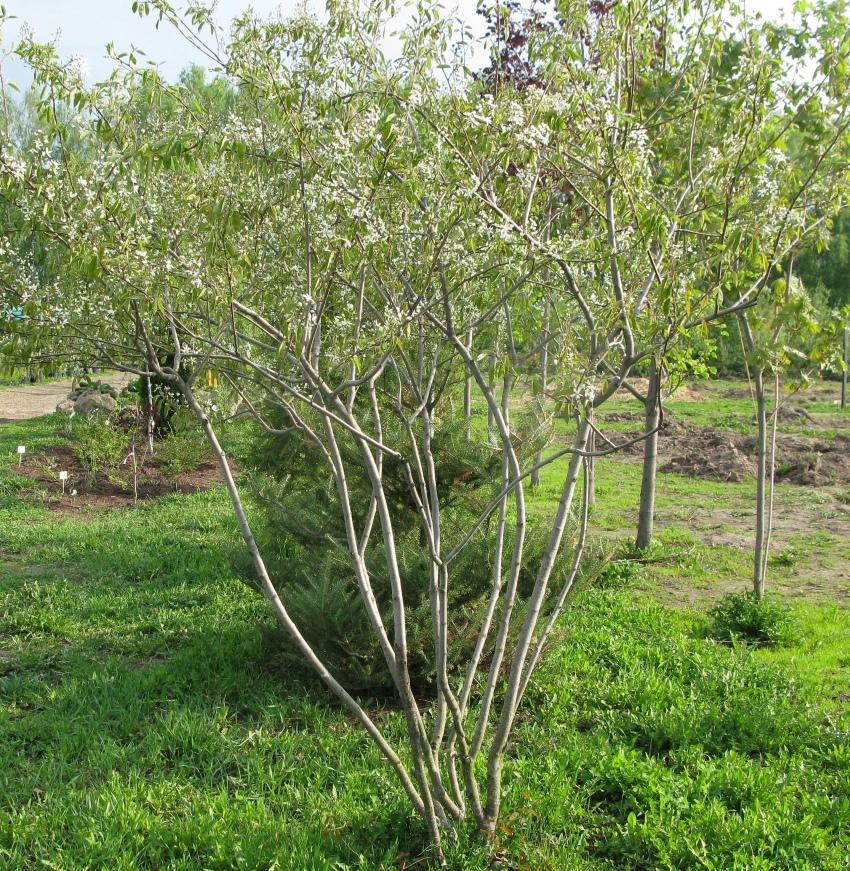Irga canadian - the frost resistance of the shrub will delight gardeners of the middle lane and Siberia
 The gorgeous decorative appearance of the plant in autumn and the delicious medicinal berries make irgu more and more popular in gardening. The best representative of the culture is rightfully considered the canadian irga, the frost resistance of which is a level higher than that of other species. Breeders bred varietiesthat can grow even in Siberia. At the same time, unlike the species of Irga with its small berries, they will delight you with large fruits. And there is no need to wait 5 years until fruiting occurs, because hybrids give the first harvest already for 3 or even 2 years of planting.
The gorgeous decorative appearance of the plant in autumn and the delicious medicinal berries make irgu more and more popular in gardening. The best representative of the culture is rightfully considered the canadian irga, the frost resistance of which is a level higher than that of other species. Breeders bred varietiesthat can grow even in Siberia. At the same time, unlike the species of Irga with its small berries, they will delight you with large fruits. And there is no need to wait 5 years until fruiting occurs, because hybrids give the first harvest already for 3 or even 2 years of planting.
Characteristic features of the species

Irga has an extremely developed root system. The roots are shallow and buried no more than 50 cm, but they extend to the sides by 2.5 m and give a lot of growth. If you planted a bush, and after a couple of years decided to get rid of it, it will be problematic to do it effortlessly.
The perennial is famous not only for its berries, but also for its decorative foliage that can change color:
- small ovoid leaves with a jagged edge are painted green in spring, and due to their delicate pubescence they acquire a silvery hue;
- in summer, the leaves begin to cast a bluish and reddish color;
- by autumn, they become crimson with golden and purple specks.
Irga blooms in late April - early May. For 2 whole weeks, the bush is covered with falling brushes of small white flowers. By mid-July, berries in their place begin to ripen unevenly, more like tiny apples. At first they are creamy, then they gradually turn pink, turn red and, when fully ripe, turn purple.
Irga canadian - frost resistance of culture
 The shrub seems to be specially created for growing in temperate climates. Moreover, modern hybrids will delight you with increased resistance to low temperatures. This allows you to plant irga even in the Siberian expanses. The bush can withstand frosts at 40 ° without problems. And even spring return frosts, up to 5 ° frost, cannot harm the ovary.
The shrub seems to be specially created for growing in temperate climates. Moreover, modern hybrids will delight you with increased resistance to low temperatures. This allows you to plant irga even in the Siberian expanses. The bush can withstand frosts at 40 ° without problems. And even spring return frosts, up to 5 ° frost, cannot harm the ovary.